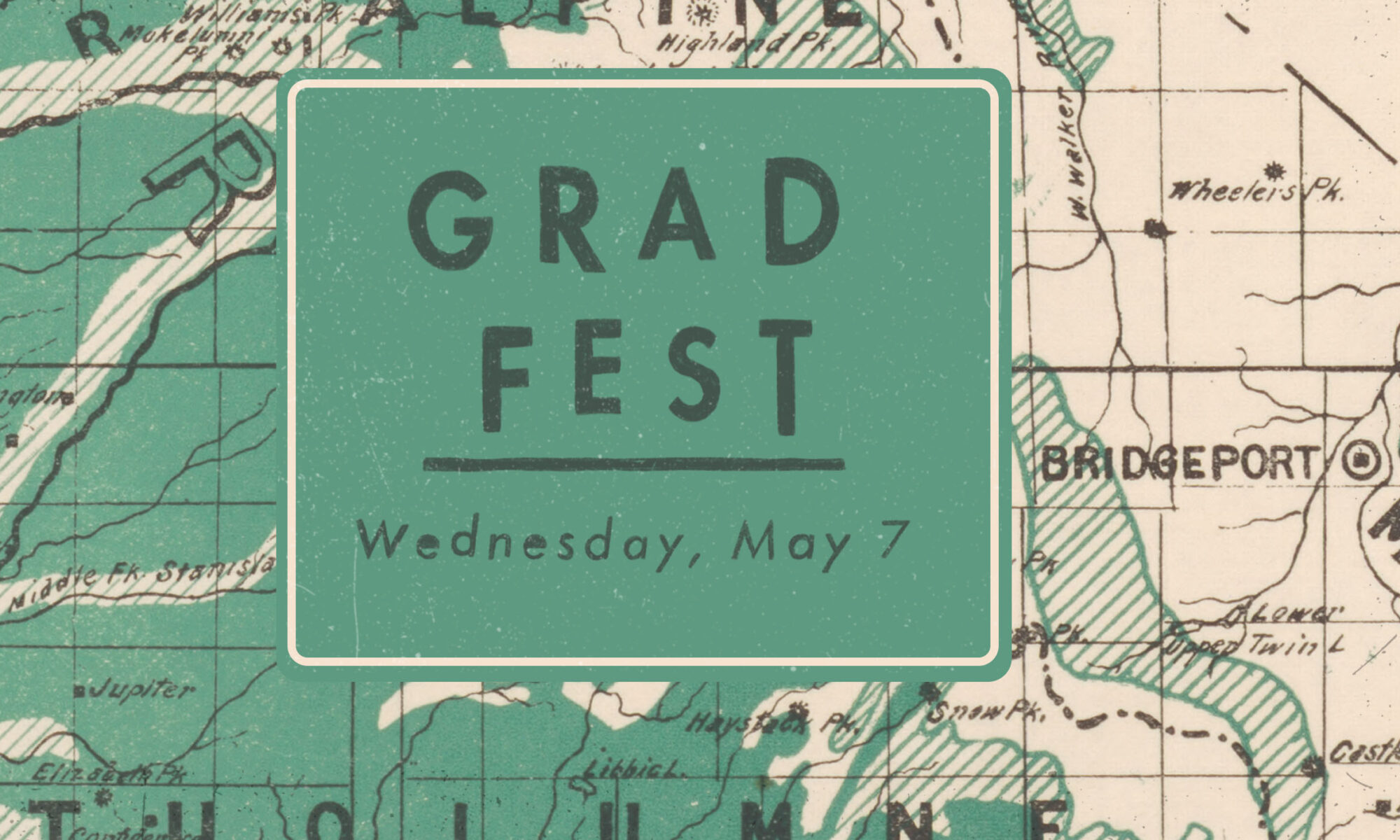
“Abandoned Channels as Refugia for Sustaining Pioneer Riparian Forests”
Introduction by Professor John Battles
Pioneer riparian trees, which include native cottonwood and willow species, are structurally and functionally important within the river corridor. Their documented decline in managed river systems has affected many critical ecosystem services such as erosion control, flood attenuation, wildlife habitat, and nutrient cycling. In disturbance-prone ecosystems, organisms often persist in spatial refugia during stressful periods. A clear example is the colonization of abandoned river channels by pioneer riparian trees. While abiotic factors overwhelmingly drive seedling establishment on the active channel, dynamics within these refugia are less understood and are complicated by temporal biogeomorphic changes. I examined the prominence of this establishment pathway and mechanisms controlling seedling recruitment for a foundation tree species (Fremont cottonwood, Populus fremontii) within the riparian corridor of a large meandering river, the Sacramento River in central California. Through historical air photo analysis I found that abandoned channels contributed a significant fraction of the total extant cottonwood forest area in our study reach. Space-for-time substitution field studies and community mesocosm experiments revealed that unlike on the active channel, recruitment dynamics in abandoned channels are driven by biotic interactions as well as abiotic factors related to water availability. Our results stress the importance of conserving existing abandoned channels, and maintaining the underlying hydrogeomorphic processes that lead to periodic channel abandonment, as these refugia contribute to the resilience of pioneer trees within the riparian corridor.
I would like to thank my Sacramento River collaborators, who made fieldwork not only possible but so much fun, the fantastic crew of undergraduates who helped me both in the field and out at Russell, and Stuart Foster, who shared his considerable talents in designing and building the mesocosms, and taught me how to operate awesome equipment without losing a finger.
I wouldn’t be here without the Battles lab group, both past and present, which has been such a warm intellectual home: John Battles for his unwavering support, encouragement, mentorship, and humor, and John Stella, who opened the door; my labmates – Natalie, Stella, Carrie, Anne, Sanders, Debra, Flora, Lara, and Rebecca, for their thoughtful advice, friendship, silliness, and “healthy” snacks; my dissertation buddy Danielle, who has now pondered more details about soil moisture probes than any human should; most especially Christian, who makes me laugh and keeps my head from exploding, and Fi, who keeps life in perspective and reminds me that everything is awesome.
